In game art idea
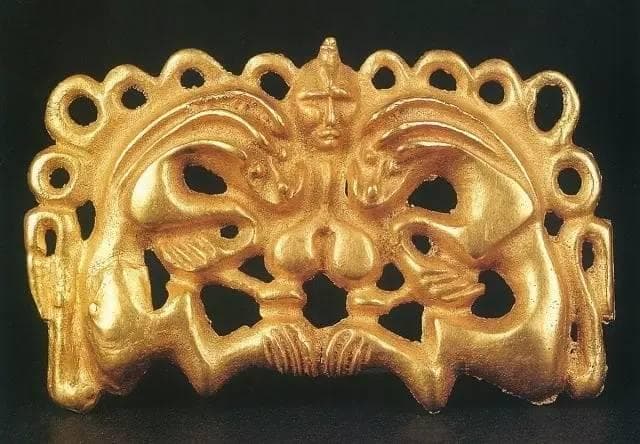
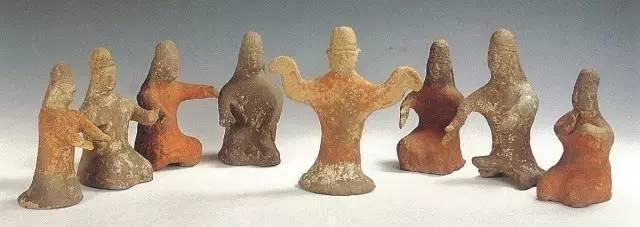
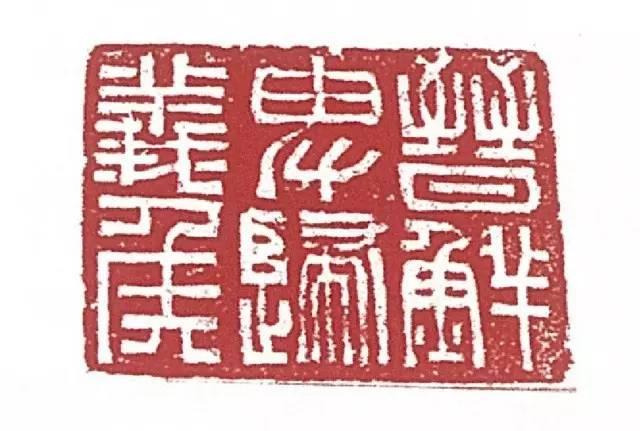
Xianbei’s art style is heavily infulenced by both India and Han Chinese at that time.
In game art idea



Xianbei’s art style is heavily infulenced by both India and Han Chinese at that time.

The Monguor people are direct descendent of Xianbei. It’s not hard to get their language sample for simple sentences.
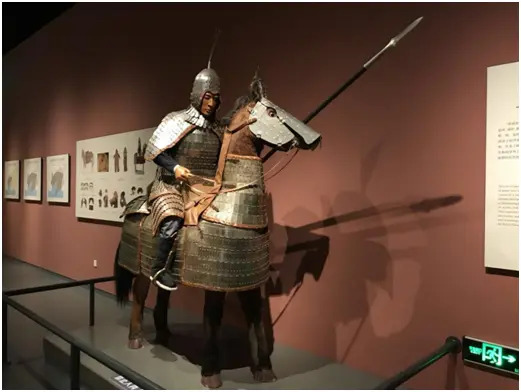
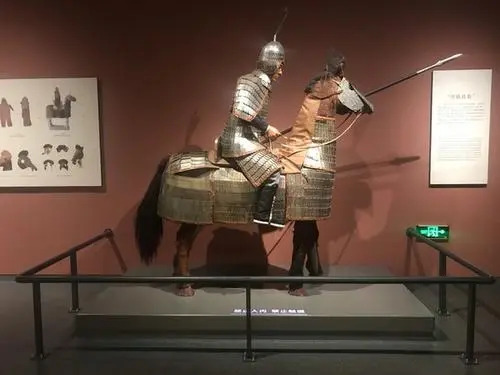
Mordern replica of Xianbei heavy cavalry based on reliable record and archeology discovery. Model for Xianbei unique unit. Xianbei’s Northern Wei dynasty saw first use of stirrup and full body iron horse armor in East Asia.
Civ bonus better change to: Cav defense technology can be reserched one age earlier and at half price
As per wiki monguor are mongols, how would they differ from mongols?
They don’t speak the same “mongol language” as today’s mongols. And they are recognized as a different ethnic group as the mongols. Monguor people lived in where Tuyuhun once stood since Western Xia, their culture contains tibetan element and so does their language. Using their language is just like using middle french for Franks.
You can just add tibet then as umbrella to include all these groups unless this is a sneaky way to add in the tibet with a different name.
I don’t see why Xianbei needed to be under umbrella of any civ, they are unique enough and they didn’t disappear, they just merged with other people like the mongols in East Europe, Central Asia and South Asia. If Tibet ever get into the game, I don’t see why Xianbei shouldn’t considering they were more influencial.
Or perhaps Tibet is more famous on the internet for mordern political reason.
Not really modern politics but if you take a medieval map from google it always has tibet as a big empire.
Every steppe civs had been merging with each other for thousands of years, not only Xianbei.
To be honest, Khitans may be closer to Xianbei than Mongols. If you check the history of Mongolia on the wikipedia page in the Chinese language, you can find a template about the periods, which differentiating the ethnic groups by the colored backgrounds. Both of Xianbei and Khitans are bright blue and Mongols is brown. It shows that they may have a common ancestor but they had their own way after thousands of years, at least they were regarded as different after 10th Century.
Most importantly, as I stated, the era of the current Chinese civ in the game is defined that starting since 581 AD, Sui Dynasty. Xianbei is clearly too early. Goths and Huns could not be the strong reason to support it, the definition of the era of Middle age is different between Europe and Asia. Then, both of Goths and Huns are sometimes criticized becauce of how early ther were. Including Xianbei, the Five Barbarians are more suitable for AoE1. Aoe2 only needs them when Tibetans and Khitans are banned by Chinese gov, we have to rename them maybe Qiang or Xianbei.
https://www.forgottenempires.net/age-of-empires-ii-definitive-edition/civilizations/chinese
Tibet relies heavily on climate on Tibetan Plateau and their military tradition. The climate became cold after 7th century , Buddhism guadually became dominate in Tibet society, lamas and monks became elites that control most resources in Tibet. Since that Tibet lost military advantages and was either in civil wars or controled by Mongols or Chinese regime or sometimes Nepalese. The Tibetan Empire lasts from 618 to 842 and after that Tibet became a loose Buddhism federation in the moutains until the British arrived.
Actually I would say East Asia’s middle age started earlier and end later than Europe. Most historian would agree that China’s ‘middle age’ is from Han to Qing. When it comes to the game, aoe1 never reached further than 200 AD judging from AI player names, except Choson and Yamato. Choson and Yamato both centuries later than other civs in aoe1 because S. Korea and Japan were big RTS market in 1990s and early 2000s which I don’t blame the developer. The Chinese in aoe2 start from 581 AD which is perfect for Xianbei to exist cause that excatly states they are not the same.
As I said I just think Xianbei has no reason not to be an East Asia civ in aoe2.Wether Khitan and Tibet would cause any trouble has nothing to do with Xianbei. Xianbei just fits in well with aoe2. They have history perfectly match with Dark Age, Feudal Age, Castle Age and Emperial Age themes(instead of Stone Age and Iron Age). They have unique rich culture and stories,and especially military history. And they don’t overlap with any other civ in aoe2 timeline.
The only problem is Xianbei is not very well-known in the West and on the internet.
Direct escendents of Tuyuhun still live in the same region today and is recognized as monguors or tu people.
I feel that except the Jurchens (and possibly the Tanguts) Northern Asia is already well represented in the game, however Southern China and a large part of mainland SE Asia is still underrepresented. Xianbei is just too similar to Mongols and Huns and existed too early in time to fit with other AOE2 civs. I think the addition of a new DLC which focuses on Southern China and SE Asia and which includes 3 new civs (Nanzhao, Siamese, and Chams) is more necessary than adding the Xianbei.
What is Liuzhen Cavalry?
Ummmm, the important part of the Medieval Chinese history actually is in the north China and the north Asia. The horse-riding civ give the dynasties such huge pressure. Topics there definitely fit the game.
Everyone I know who had studied Chinese history support Khitans, Jurchens and Tibetans.
In the other hand, I never heard them talking about Nanzhao since it was not such important.
I have no idea about Chams but I know it was defeated, conquered and destroyed by Vietnamese. It might have existed several centuries there but when its heyday was and how its heyday was?
Siamese is good but it is better be introduced in the another DLC pack without the north and east Asian civs since they are too different. I accept it with the south Asian civ since they all are the elephant civ.
This one. Liuzhen means “Six towns”.
“Ummmm, the important part of the Medieval Chinese history actually is in the north China and the north Asia. The horse-riding civ give the dynasties such huge pressure. Topics there definitely fit the game.”
Yes, but we already have a fairly good representation of the nomad civs of Northern Asia, the only ones missing are Jurchens and Tanguts.
“Everyone I know who had studied Chinese history support Khitans, Jurchens and Tibetans.
In the other hand, I never heard them talking about Nanzhao since it was not such important.”
Just because certain people don’t know it doesn’t mean it was unimportant. Nanzhao soundly crushed three large Tang invasions from 751 to 754, and then the Anshi Rebellion broke out in 755. So in some sense you can argue that Nanzhao contributed to the demise of the Tang. And at its height in the 9th century Nanzhao was even able to raid Chengdu, a city located in the interior of the Tang empire. And to the south they also raided the Pyu city states in Burma heavily, it’s said that the Bamar people (ancestors of Burmese) were driven there by the Nanzhao raids. So in a sense they contributed to the formation of the Burmese state as well.
“I have no idea about Chams but I know it was defeated, conquered and destroyed by Vietnamese. It might have existed several centuries there but when its heyday was and how its heyday was?”
Champa didn’t just exist for several centuries, in fact it lasted from 192 to 1832. In its heyday around 11th to 12th centuries it was able to raid the Khmer capital Angkor, Dai Viet’s capital Thang Long (modern-day Hanoi), and the southern coast of China. And it also played an important role in the maritime trade of medieval Asia, its agricultural products such as aloe and rice were well-known even in China. Not to mention that they defeated a Mongol invasion in 1283 too.
“Siamese is good but it is better be introduced in the another DLC pack without the north and east Asian civs since they are too different.”
The best is to introduce Siamese with Southern Chinese/Southeast Asian civs like Nanzhao and Chams. The Siamese/Tai peoples ultimately trace their origin to Southern China and even today there’re still many Tai-Kradai speaking peoples in Southern China. I don’t think Siamese should be grouped with South Asian civs.